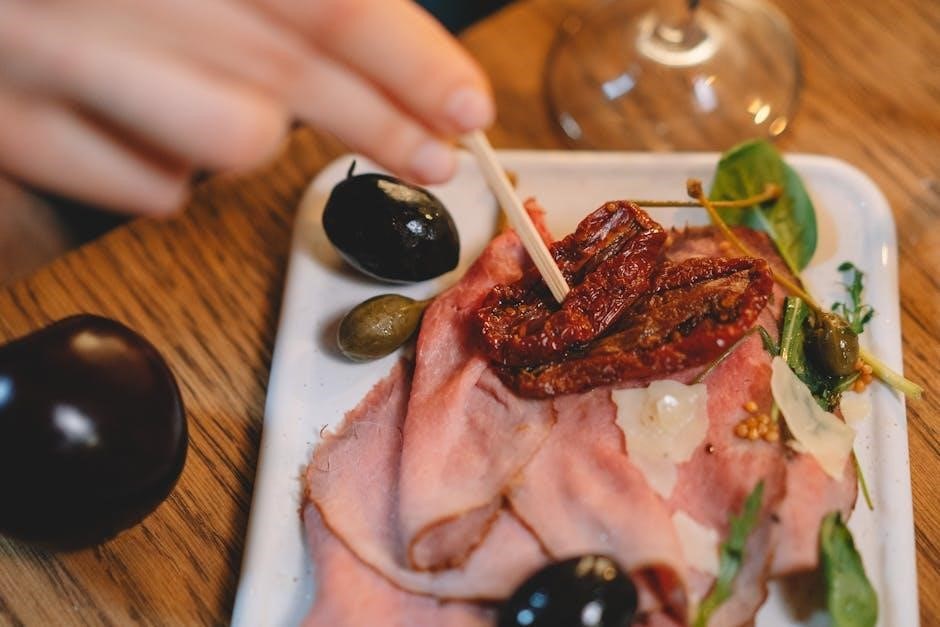sam’s choice ham glaze instructions
Welcome to the guide on achieving a perfectly glazed ham using Sam’s Choice Ham Glaze! This easy-to-follow process enhances flavor and texture, ensuring a deliciously caramelized finish.
Overview of the Glazing Process
The glazing process for Sam’s Choice ham involves a few simple steps to achieve a flavorful, caramelized finish. Start by scoring the ham lightly, creating crisscross cuts to help the glaze adhere. Next, apply the glaze evenly, allowing it to set in the refrigerator for about 30 minutes. Finally, bake the ham in a preheated oven at 325°F, basting occasionally for even distribution. This method ensures a sweet and sticky glaze that complements the ham’s natural flavor, resulting in a deliciously glazed dish perfect for any occasion.
Key Benefits of Using Sam’s Choice Ham Glaze
Sam’s Choice Ham Glaze offers a perfect blend of sweet and tangy flavors, enhancing the natural taste of the ham. Its easy-to-apply formula ensures a caramelized finish that adds visual appeal. The glaze helps retain moisture, preventing the ham from drying out during cooking. It’s versatile, working well with oven baking, slow cooking, or pan-frying methods. The combination of brown sugar, honey, and spices creates a rich, depthful flavor profile. This glaze is ideal for special occasions, making your ham stand out as a delicious centerpiece for any meal.
Necessary Tools and Equipment
To achieve the perfect glaze, you’ll need a roasting pan, a sharp knife for scoring, and a brush for even application. A meat thermometer ensures accurate internal temperature checks. Aluminum foil is handy for covering the ham during cooking. A saucepan is required for heating the glaze, and a whisk helps mix ingredients smoothly. Optional tools include a slow cooker for alternative cooking methods and Reynolds Oven Cooking Bags for mess-free roasting. These tools ensure a seamless and successful glazing process from preparation to serving.
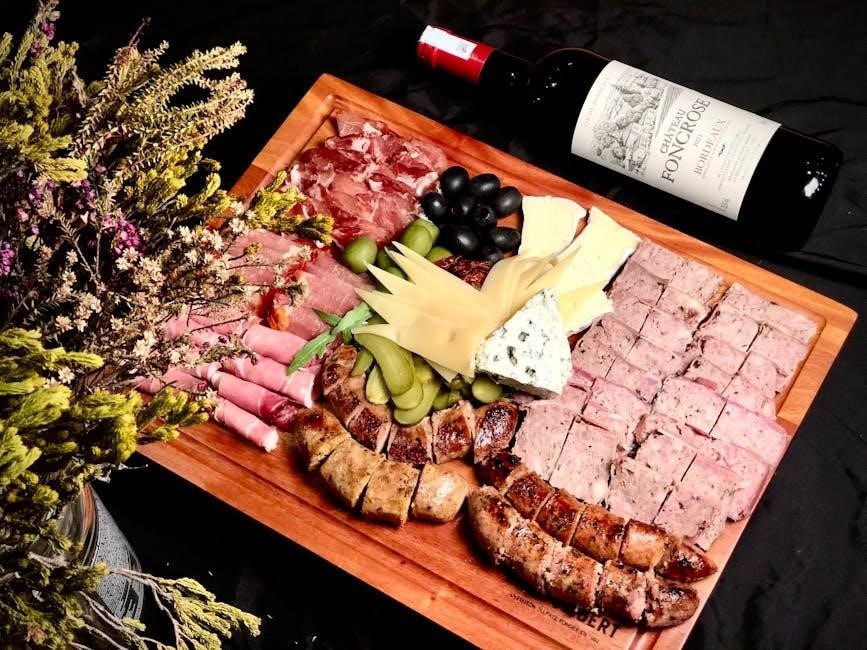
Ingredients for the Perfect Glaze
The essential ingredients include brown sugar, honey, apple cider vinegar, Dijon mustard, and pineapple juice. Optional additions like nutmeg, cinnamon, or citrus zest enhance flavor depth and complexity.
Required Ingredients for Sam’s Choice Ham Glaze
- Brown Sugar: 1 cup, providing a rich, sweet base for the glaze.
- Honey: ½ cup, adds a velvety texture and deep flavor.
- Apple Cider Vinegar: ¼ cup, balances sweetness with a tangy note.
- Dijon Mustard: 2 tablespoons, enhances depth and a slight tang.
- Pineapple Juice: ¼–⅓ cup, adds moisture and fruity undertones.
These ingredients create a harmonious blend, ensuring a sticky, flavorful glaze that complements the ham perfectly;
Optional Ingredients for Customization
Elevate your Sam’s Choice Ham Glaze with these optional additions:
- Spices: Add ½ teaspoon of cinnamon, nutmeg, or cloves for warmth.
- Zest: Incorporate 1 tablespoon of orange or lemon zest for brightness.
- Ginger: Mix in 1 teaspoon of grated ginger for a spicy kick;
- Citrus Juice: Substitute pineapple juice with orange juice for a different flavor profile.
- Whole Grain Mustard: Add 1 teaspoon for an extra tangy, textured glaze.
These options allow you to tailor the glaze to your taste preferences.
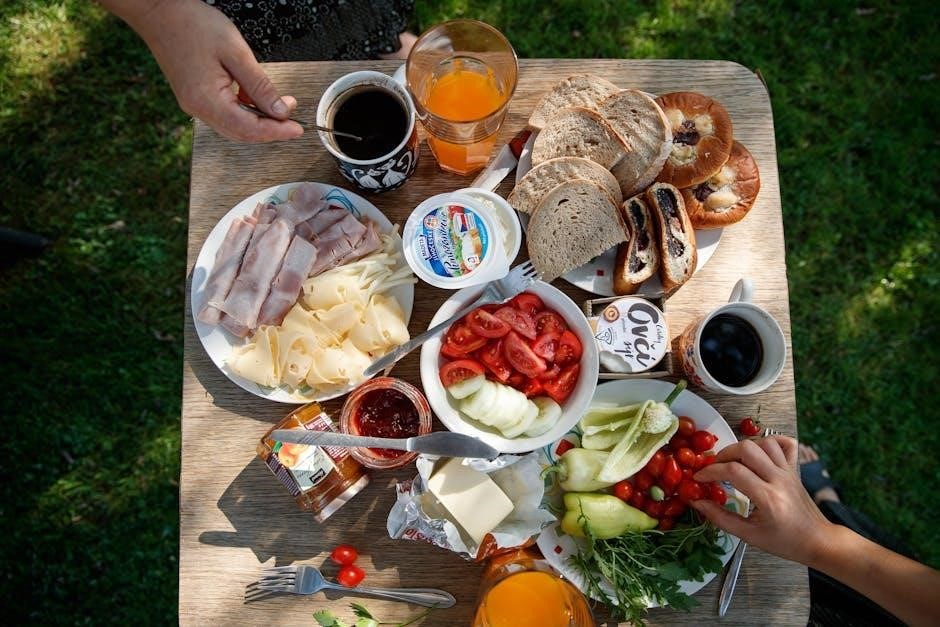
Preparing the Ham for Glazing
Score the ham lightly in a crisscross pattern, position it fat-side up in a roasting pan, and let it sit at room temperature for 30 minutes.
How to Score the Ham for Optimal Glaze Adhesion
Lightly score the ham by making shallow, crisscross cuts about 1/4 inch deep. This ensures the glaze adheres evenly and enhances flavor penetration. Use a sharp knife, cutting in a diamond pattern across the fat layer. For bone-in hams, score around the bone but avoid cutting too deeply into the meat. After scoring, let the ham sit for 10-15 minutes to allow the surface to dry slightly, which helps the glaze set better during cooking. Proper scoring is key to achieving a caramelized, sticky glaze.
Positioning the Ham in the Roasting Pan
Place the ham fat-side up in a roasting pan to ensure even browning and prevent drying. For bone-in hams, position the bone downward and the meaty side upward. Use a roasting rack if available to promote air circulation. Add about 1/2 cup of water or juice to the pan to keep the ham moist and prevent the glaze from burning. Ensure the ham fits comfortably, leaving space around it for even cooking. This setup helps achieve a perfectly glazed, juicy ham with a caramelized crust.
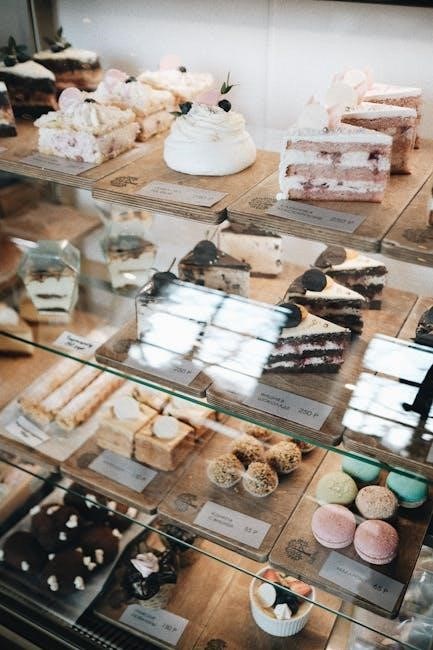
Applying the Glaze
Apply the glaze during the last 20 minutes of cooking. Brush it evenly over the ham’s surface for a rich, caramelized finish. Heat the glaze beforehand for better consistency.
Step-by-Step Glaze Application Process
Remove the ham from the oven and carefully brush the glaze evenly over the surface. Ensure all areas are coated for consistent flavor. 2. Focus on the scored lines to allow the glaze to penetrate deeply. 3. Return the ham to the oven for the final 20 minutes of cooking. This step caramelizes the glaze, creating a sticky, sweet crust. 4. Avoid over-application to prevent pooling. Let the glaze set before slicing for the best results.
Heating the Glaze for Even Distribution
Combine the glaze ingredients, such as brown sugar, honey, mustard, and pineapple juice, in a saucepan. Heat over medium heat, stirring until smooth and well combined. Bring the mixture to a gentle simmer, allowing it to warm through without boiling. This ensures the glaze is thinner and easier to brush evenly over the ham. Apply the heated glaze during the last 20 minutes of cooking for optimal adhesion and caramelization. Heating the glaze enhances its texture and helps it set properly, resulting in a glossy, flavorful finish.
Allowing the Glaze to Set
After applying the glaze, let the ham rest for 10-15 minutes to allow the glaze to set. This step ensures the glaze adheres evenly and doesn’t drip off during cooking. If refrigerating, let it sit for 30 minutes to an hour before cooking to enhance adhesion. Allowing the glaze to set creates a sticky surface, promoting caramelization and preventing the glaze from running off during baking. This step is crucial for achieving a perfectly glazed, flavorful ham with a shiny, caramelized crust.
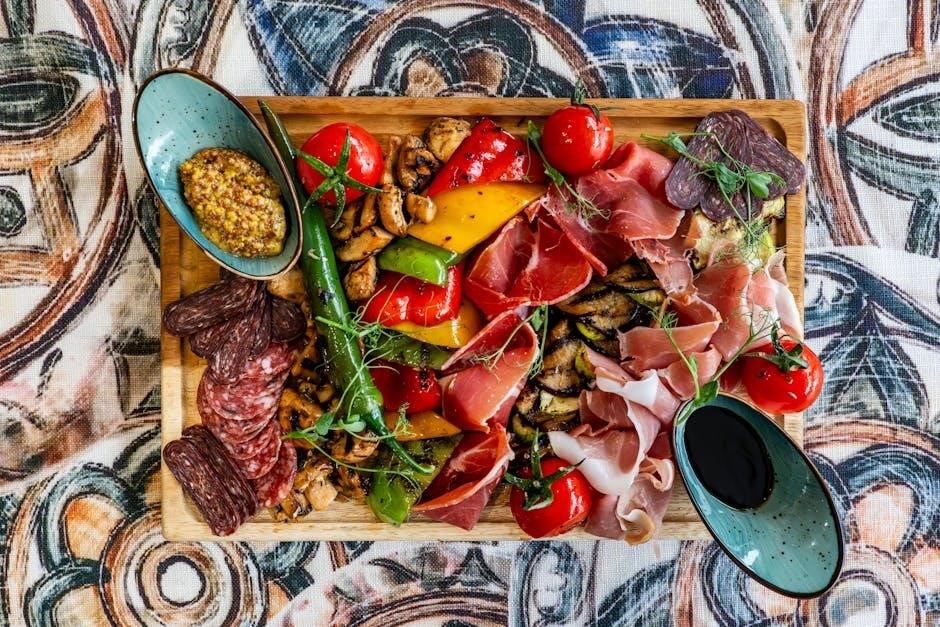
Cooking the Ham
Cooking the ham involves preheating your oven to 325°F. Place the ham fat-side up in a roasting pan. Let it sit at room temperature for 30 minutes before cooking. This ensures even cooking and prevents drying out. Cook for 2-3 hours, or until the internal temperature reaches 140°F. During the last 20 minutes, apply the glaze for a caramelized finish.
Oven Baking: The Recommended Method
Oven baking is the preferred method for cooking Sam’s Choice ham, ensuring even heating and a moist texture. Preheat your oven to 325°F (165°C). Place the ham fat-side up in a roasting pan, positioning it comfortably. If using a bone-in ham, ensure the bone faces down. Cook for approximately 10-12 minutes per pound, or until the internal temperature reaches 140°F. This low-and-slow approach prevents drying and allows the glaze to adhere perfectly. Baste the ham with pan juices every 30 minutes for added flavor and moisture retention.
Temperature and Timing Guidelines
Preheat your oven to 325°F (165°C) for optimal cooking. Cook the ham for 10-15 minutes per pound, ensuring the internal temperature reaches 140°F. Use a meat thermometer to check the thickest part, avoiding the bone. Apply the glaze during the last 20-30 minutes of cooking for a caramelized finish. Avoid overheating, as it can dry out the ham. Let the ham rest for 10-15 minutes before slicing to retain juices and ensure tender results. This method guarantees a perfectly cooked, flavorful ham every time.
Checking Internal Temperature
About 30 minutes before the estimated end time, insert a meat thermometer into the thickest part of the ham, avoiding the bone. The target internal temperature is 140°F. This step ensures the ham is cooked to a safe temperature while preventing overcooking. Proper temperature control is crucial for maintaining moisture and flavor. Use this checkpoint to adjust cooking time if necessary, ensuring your ham is perfectly glazed and tender.
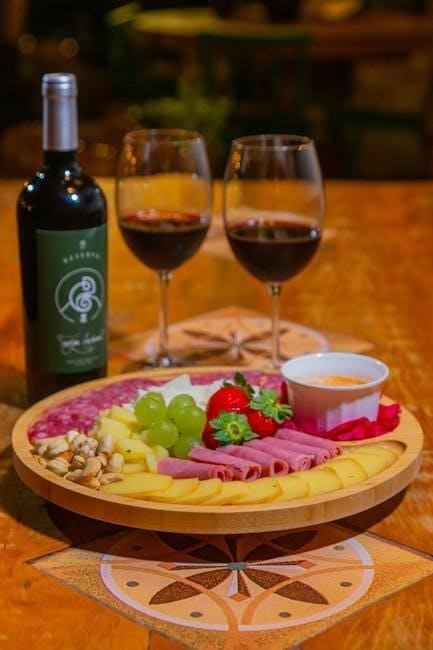
Alternative Cooking Methods
Explore slow cooker and pan-frying options for a tender, flavorful ham. Slow cooking enhances moisture, while pan-frying adds a crispy, caramelized glaze finish.
Using a Slow Cooker for Tender Results
A slow cooker is an excellent alternative for cooking your ham, ensuring it remains moist and flavorful. Place the ham fat-side up in the slow cooker and brush with the prepared glaze. Add a quarter cup of pineapple juice or apple cider to thin the glaze slightly. Cook on low for 4-6 hours, basting occasionally with the glaze for even distribution. This method prevents drying out and infuses deep, rich flavors. Let the ham rest before slicing for the best results.
Pan-Frying for a Crispy Glaze
Pan-frying is a great method to achieve a crispy, caramelized glaze. Heat a skillet over medium heat and add a small amount of oil or butter. Place the ham in the skillet, fat-side down, and sear for 2-3 minutes. Brush the glaze evenly over the surface, focusing on the scored lines for better adhesion. Continue cooking for another 2-3 minutes, allowing the glaze to crisp up. Repeat on the other side if necessary. This method ensures a golden, sticky finish while keeping the ham juicy and flavorful.
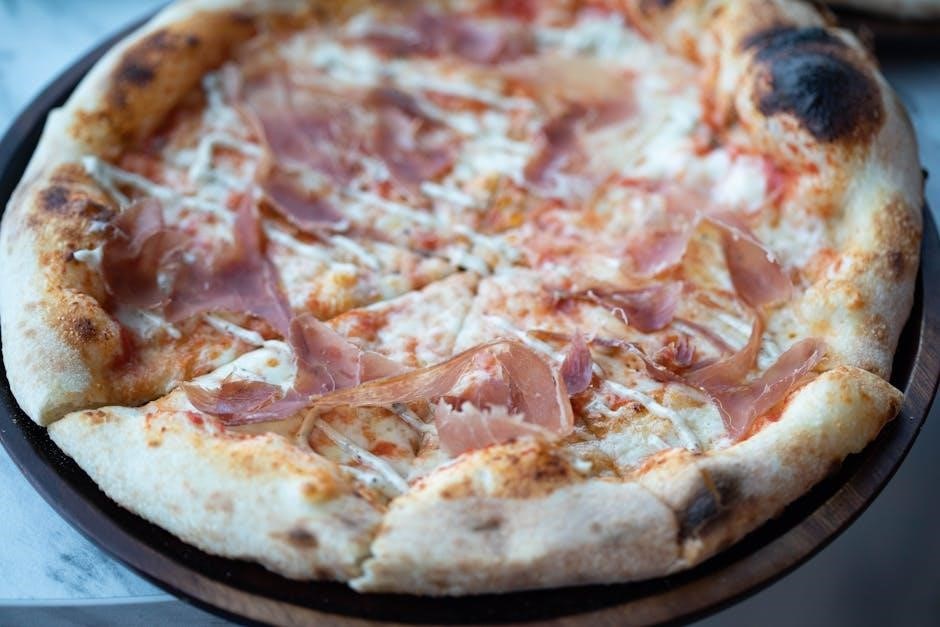
Resting and Serving
Allow the ham to rest for 10 minutes before slicing. This step ensures juices redistribute, keeping the meat tender. Serve thinly sliced with your favorite sides for a perfect presentation.
Importance of Letting the Ham Rest
Allowing the ham to rest is crucial for retaining moisture and flavor. After cooking, let it sit for 10-15 minutes before slicing. This step ensures the juices redistribute evenly, preventing the ham from drying out. Resting also makes slicing easier, as the meat will hold together better. Covering the ham loosely with foil during resting helps retain heat without steaming the glaze. This simple step guarantees a tender, juicy, and perfectly glazed ham, ready to impress your guests.
Slicing and Serving Tips
For the best presentation, slice the ham evenly and thinly against the grain using a sharp knife. This ensures each slice is tender and easy to serve. Arrange slices on a platter or individual plates, garnishing with fresh herbs or fruit for added appeal. Serve alongside complementary sides like roasted vegetables or biscuits. To maintain warmth, keep the ham on a warming tray or wrapped in foil. Always use clean, sharp cuts to avoid tearing the meat, ensuring a professional and appetizing finish for your perfectly glazed ham;
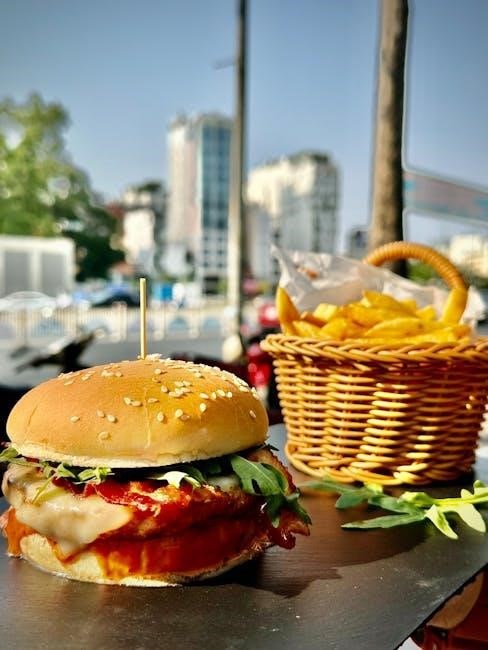
Tips for Success
Use a meat thermometer: Ensure the ham reaches 140°F internally. Don’t over-glaze: Excess glaze can make the ham overly sweet. Resting is key: Let the ham rest 10-15 minutes before slicing for juices to redistribute evenly.
Preventing the Ham from Drying Out
To keep the ham moist, place it in a roasting pan with ½ cup of water or pineapple juice. Cover with foil during cooking to retain moisture. Baste the ham with pan juices or additional glaze every 20-30 minutes to maintain hydration. Avoid overcooking, as this can dry out the meat. Use a meat thermometer to ensure the internal temperature reaches 140°F without exceeding it. Letting the ham rest for 10-15 minutes before slicing allows juices to redistribute, ensuring a juicy and flavorful result.
Enhancing Flavor with Additional Seasonings
Elevate your ham’s flavor by incorporating extra seasonings into the glaze. Mix pineapple juice, brown sugar, and Dijon mustard for a tangy, sweet base. Add spices like cinnamon, cloves, or nutmeg for warmth; For a citrus twist, include orange or lemon zest. Garlic or ginger can add depth, while a hint of smoked paprika offers a savory touch. Brush the glaze during cooking to infuse flavors evenly. Experiment with combinations to create a unique taste profile that complements the ham’s natural richness. Let your creativity shine for a memorable dish!
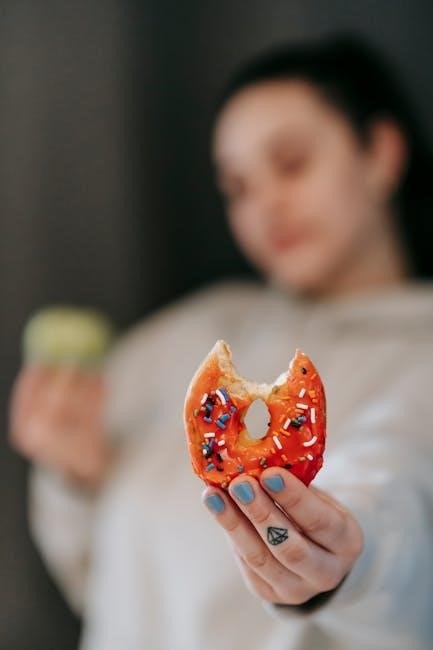
Common Mistakes to Avoid
Avoid overheating, as it can dry out the ham. Incorrect scoring techniques may prevent the glaze from adhering properly, reducing flavor distribution and texture.
Overheating and Its Effects
Overheating can dry out the ham, making it tough and less flavorful. To prevent this, cook at the recommended temperature of 325°F (165°C) and monitor the internal temperature, ensuring it reaches 140°F. Avoid leaving the ham in the oven for too long, as this can cause excessive drying. Use a meat thermometer to check the thickest part of the ham, avoiding the bone, to ensure accurate readings. Overheating also risks burning the glaze, so keep an eye on it during the final stages of cooking.
Incorrect Scoring Techniques
Incorrect scoring techniques can hinder the glaze’s ability to adhere properly. Cutting too deeply or unevenly may lead to uneven glaze distribution, causing some areas to dry out while others become overly sweet. Shallow cuts or failing to score at all can result in the glaze sliding off during cooking. Proper scoring involves light, shallow crisscross cuts, ensuring the glaze adheres evenly without penetrating too far into the meat. This balance is key to achieving a moist, flavorful ham with a perfectly caramelized crust.
With proper glaze application and cooking techniques, your Sam’s Choice ham will be deliciously caramelized, moist, and flavorful. Enjoy your perfectly glazed ham with confidence and satisfaction!
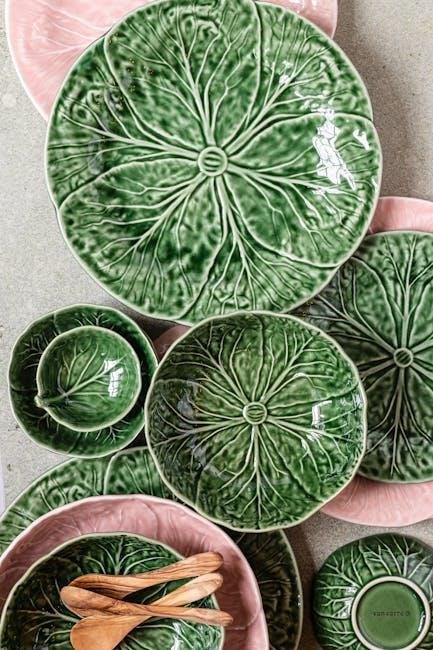
Final Thoughts on Achieving the Perfect Glaze
Achieving the perfect glaze requires attention to detail and proper timing. Start by preparing the ham with light scoring and positioning it correctly in the roasting pan. Apply the glaze evenly, ensuring all surfaces are coated. For optimal results, bake in a preheated oven at 325°F, basting periodically to maintain moisture and flavor. Allow the ham to rest before slicing to lock in juices. With these steps, you’ll create a deliciously caramelized and moist ham that impresses every time. Patience and precision are key to a flawless finish.
